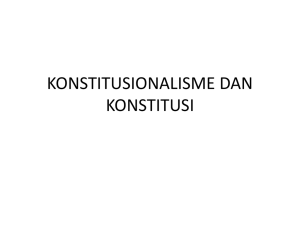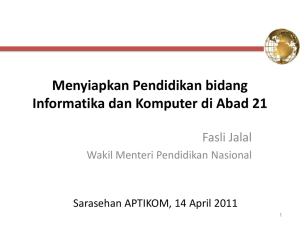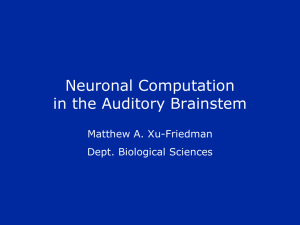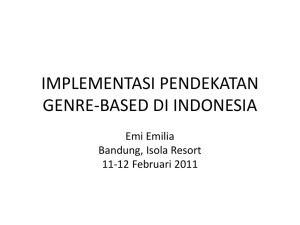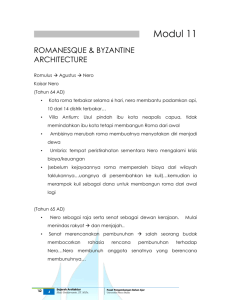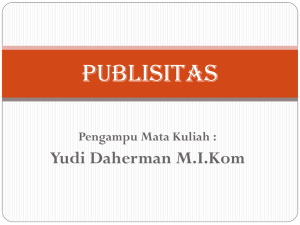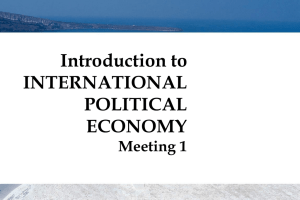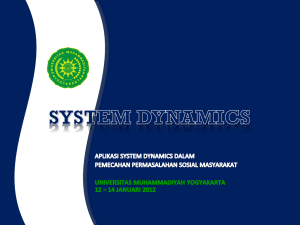Sejarah Sosial Keagamaan terbaru
advertisement
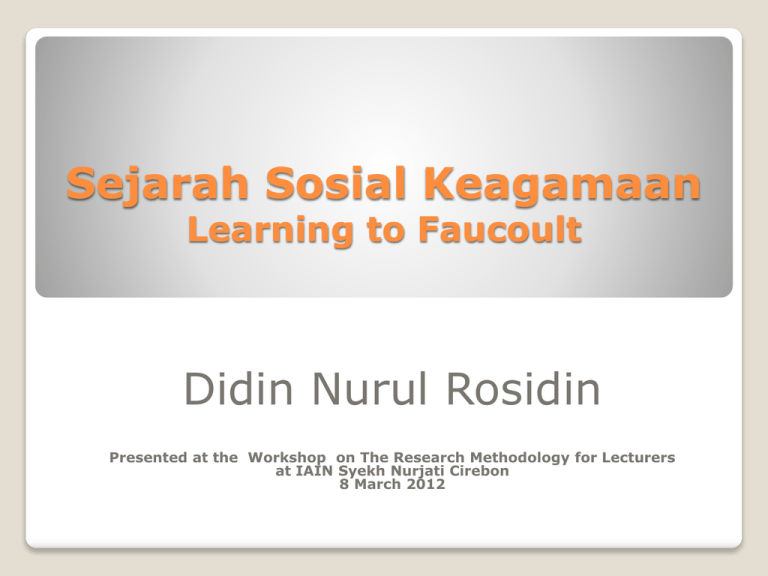
Sejarah Sosial Keagamaan Learning to Faucoult Didin Nurul Rosidin Presented at the Workshop on The Research Methodology for Lecturers at IAIN Syekh Nurjati Cirebon 8 March 2012 Mengalami Peristiwa Sejarah (History as what happened in the past) Memahami Fakta Sejarah, Membaca Fakta Sejarah dan Membaca Tulisan tentang Sejarah (History as Knowledge or Historical Knowledge) Menulis dan Mempresentasikan Sejarah (History as a production of Historians or Historiography) Mengajarkan Sejarah (History as a part of education or Historical Education) The Uses of History Sejarah berkaitan dengan sesuatu yang kadaluawarsa (out of date). Sejarah sebagai Ingatan Bersama (collective memory or the storehouse of experiences) . Sejarah sebagai sebuah kajian pengetahuan (History confined to academic circles and powerless to influence society). Sejarah sebagai referensi nilai untuk membangun kesadaran sosial (History as forms of social consciousness offering precedence and yielding prediction about the future) Sejarah sebagai arena otoritas dan kekuasaan (History is a political battleground) Sejarah sebagai media pendidikan (History as to train mind, enlarge the symphaties and provide a much-needed historical perspective on some of the most pressing problems of our time). Definition The past is not discovered or found', … 'it is created and represented by the historian as text, which is in turn consumed by the reader. Scott Wilson, ‘Historicism” in Kate McGowan (ed.), The Year's Work in Critical and Cultural Theory, Oxford University Press, n.d., hal. 53. “History is not the past, nor the surviving past. It is a reconstruction of certain parts of the past (from surviving evidence) which in some way have had relevance for the present circumstances of the historian who reconstructed them” (Gordon CornellSmith and Howell Lloyd) “Historical Knowledge is not and cannot be objective” (John Tosh) “The writing of history is one of the fullest and most rewarding expressions of an individual personality” (Richard Cobb) SUMBER, FAKTA DAN SEJARAWAN Sejarah sebagaimana ilmu lainnya berkaitan dengan data dan sumber data (otentisitas, jenis-jenis, metode pengumpulan hingga analisanya) Sumber data mulai dari dokumen tertulis, angka, lisan hingga landscape dan film Sumber data memberikan fakta. Dua macam fakta: Fakta Masa Lalu (Facts of the past which are limitless and in their entirety unknowable) dan Fakta Sejarah (facts of history which are a selection made by historians for the purpose of historical reconstruction and explanation) Sejarawan as a painter and not a photographic camera. The essence of historical enquiry is selection of “relevant” sources, of “historical” facts and of “significant” interpretation John Tosh, The Pursuit of History: Aims, Methods and New Directions in the Study of Modern History, p. 117 Michel Faucoult Michel Faucoult (1926-1984) salah seorang Filosof besar Perancis Abad 20 Karya-karya utamanya antara lain Madness and Civilisation: A History of Insanity in the Age of Reason, The Order of Things: An Archaeology of Human Sciences, The Archaeology of Knowledge, Discipline and Punish: The Birth of the Prison, the Birth of the Clinic dan The History of Sexuality Beberapa konsep utamanya adalah Discourse, Power, Knowledge, Episteme, Archaeology, Genealogy dan Metode Observasi. Lanjutan … • Bagi Faucoult, Sejarah tentang sistem pengetahuan manusia dan bagaimana sistem itu berubah dari satu masa ke masa. • Setiap periode sejarah memiliki intellectual rules (episteme) yang berfungsi untuk membangun pengetahuan yang benar • Dengan Episteme, Faucoult menolak prinsip continuity dalam sejarah dan mengusung ide discontinuity. • Representasi bahasa pengetahuan itu akan menjadi discourse sebagai elemen utama dalam membangun power. • Power ini dalam konteks Foucault bukan sebuah institusi, struktur atau kekuatan tertentu yang dimiliki oleh seseorang atau sekelompok orang tetapi lebih sebagai gambaran akan hubungan yang komplex yang ada pada masyarakat tertentu. Lanjutan …. • Dalam menganalisa perkembangan pengetahuan dalam sejarah ini, Faucoult menggunakan metode yang ia sebut Archaeology and Genealogy. • Yang pertama melakukan explorasi terhadap pola dimana satu epistem secara bertahap menggantikan epistem yang lain. • Yang kedua diarahkan untuk menguji faktor kausalitas yang berperan terhadap bagaimana ide atau epistem berubah dan muncul. “It is a question of what governs statements, and the way in which they govern each other so as to constitute a set of propositions which are scientifically acceptable, and hence capable of being verified or falsified” Faucoult’s Ways Dalam mengumpulkan dan mengolah data ia menggunakan apa yang ia sebut “The Questioning of the document” as the way for the reconstitution of the history. Documen atau data dilihat sebagai the language of a voice. Dalam penelitiannya Ia lebih cenderung kepada pendekatan “case study” seperti kasus Kegilaan, Seksualitas, Penjara dan lain-lain. Dalam beberapa hal ia juga menggunakan metode observasi. “In the past, history undertook to memorise the monuments of the past, transform them into documents, which are often not verbal. Now, history is that which transforms documents into monuments” Michel Faucoult, The Archaeology of Knowledge, p. 7 W A S S A L A M Wa al-Lahu ‘Alam bi al-Showab

